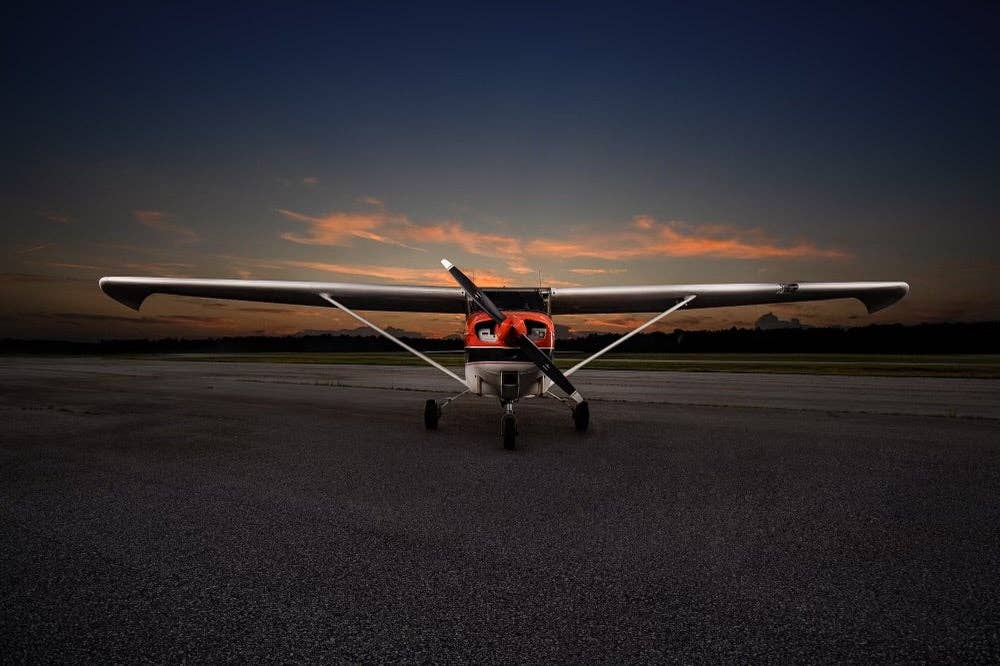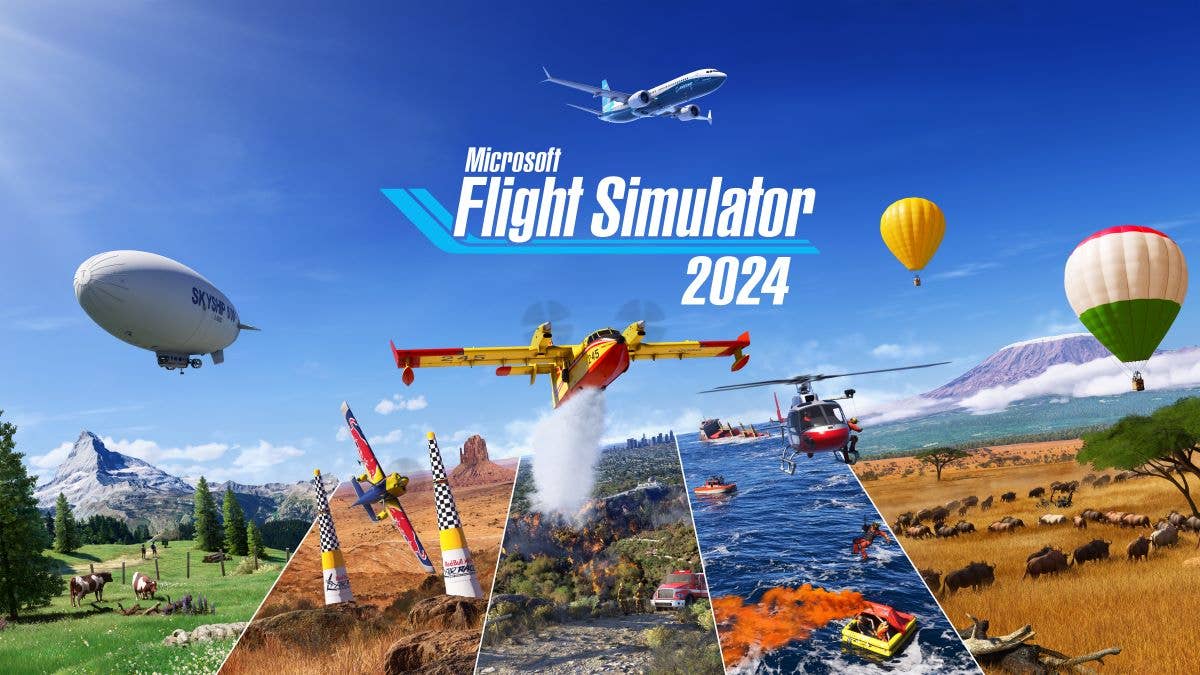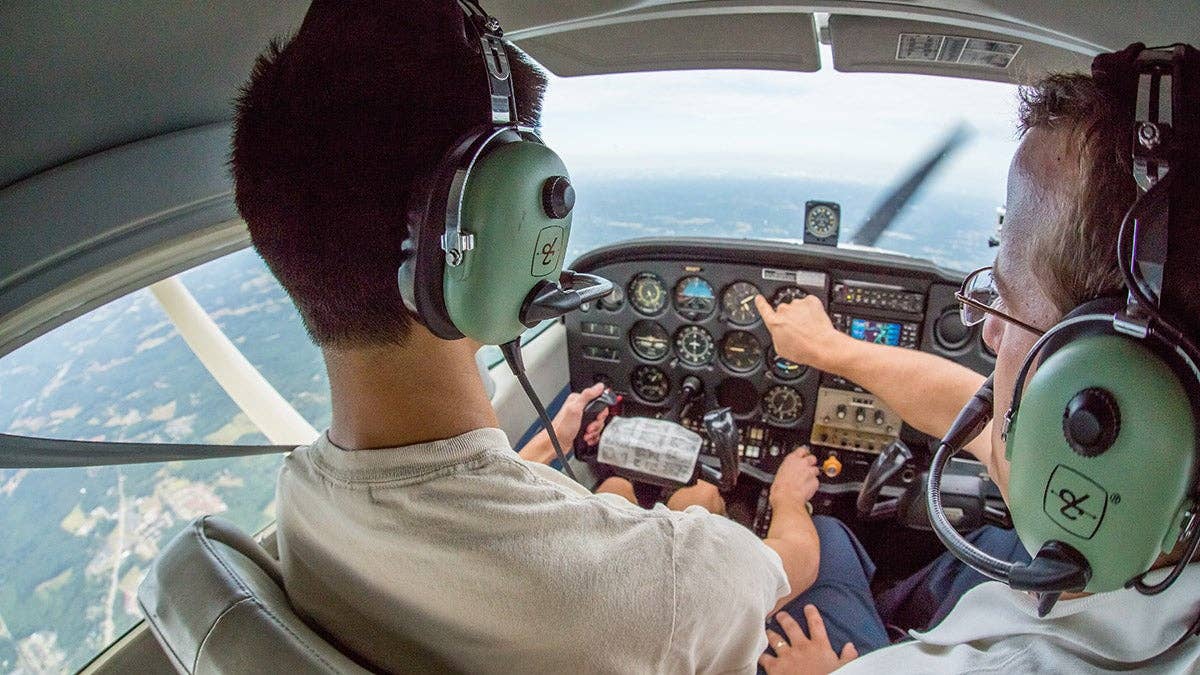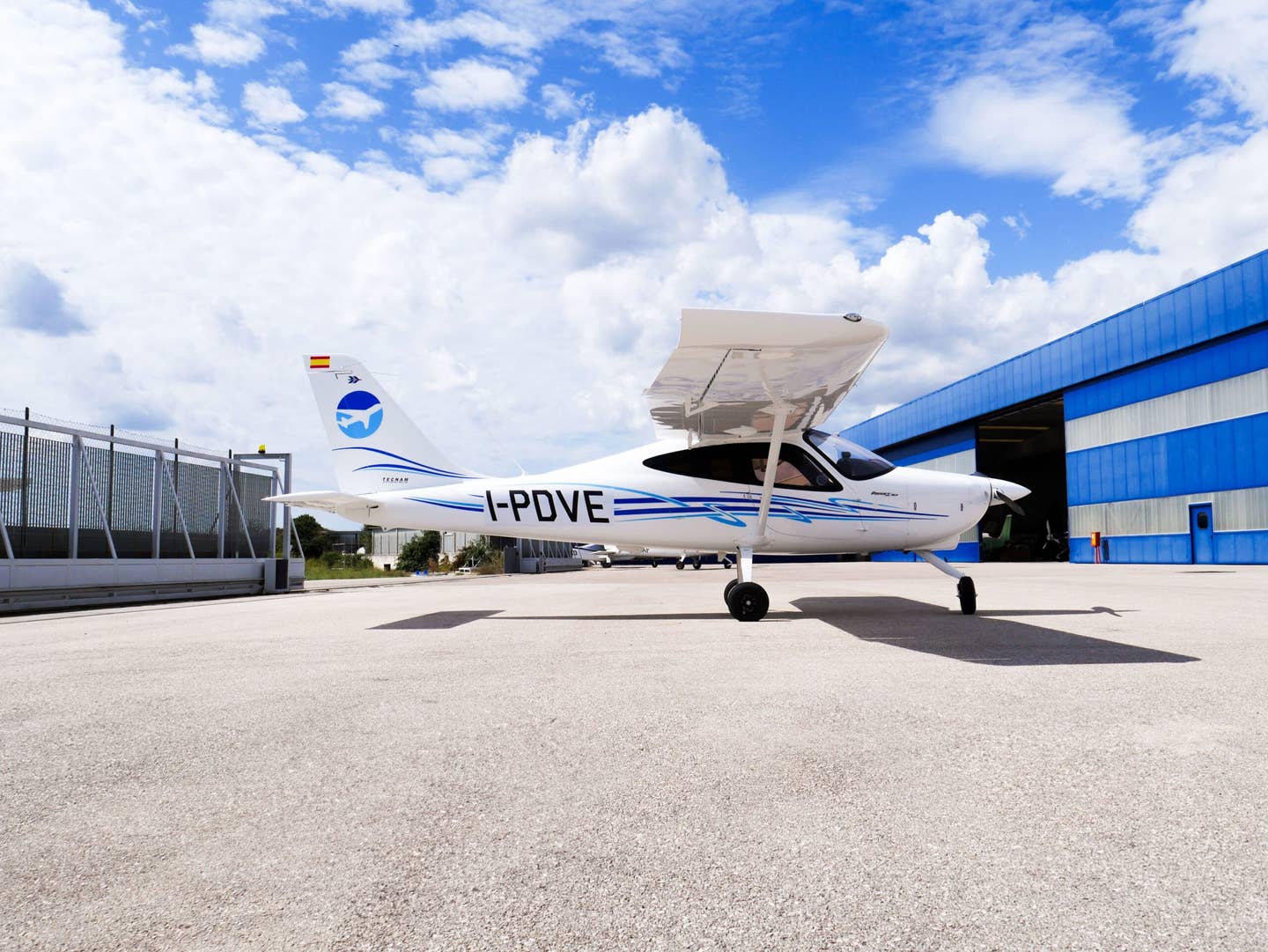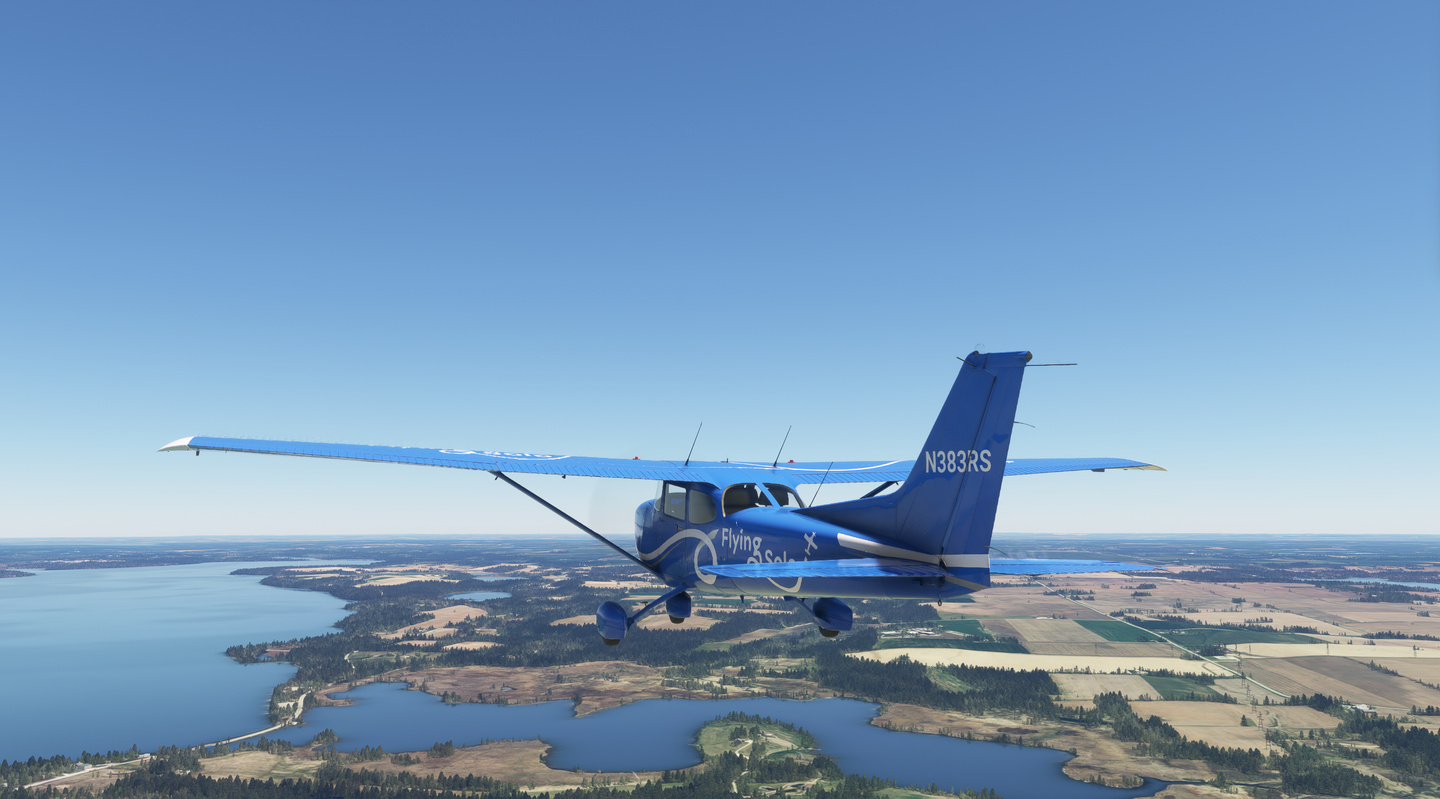PilotEdge Offers Opportunity to Hone Key Flight Skills From Home
Company provides software to access a virtual professional-level, air traffic control network.

PilotEdge aims to provide a virtual air traffic control (ATC) network that is accurate and professional enough to be used for real-world pilot training. [Courtesy: PilotEdge]
From chair flying to use of FAA-approved Level D full flight simulators (FFS), simulated flying experiences have been a long-standing part of aviation training. They often provide a more focused and less expensive way to develop necessary skills separate from handling the aircraft. While at home flight sims might seem like a game—to those who haven’t tried them—they can play a significant part in the learning process.
If you haven’t yet explored this sector of the flight sim world, there are some intriguing options for developing skills, such as communications and procedures, from home. Among them is PilotEdge, a company that aims to provide a virtual air traffic control (ATC) network that is accurate and professional enough to be used for real-world pilot training.
If you're not already a subscriber, what are you waiting for? Subscribe today to get the issue as soon as it is released in either Print or Digital formats.
Subscribe NowOrigin and Expansion
Founded in 2008 by Keith Smith, PilotEdge officially launched in 2011, offering service for the area covered by the Los Angeles Air Route Traffic Control Center (ARTCC). According to Smith, the platform drew on early work done by hobbyists, building it out to form a network of controllers who operate almost exactly like their real-world counterparts.
PilotEdge added support for the Oakland, California, Seattle, Salt Lake City, Denver, and Albuquerque, New Mexico, ARTCCs in 2016. Over the past decade, it has also expanded its feature set with highlights such as an ATIS engine based on real-world weather (which correlates on PilotEdge’s ATC scopes), the ability to trigger remote failures in X-Plane, and high-fidelity controller pilot data link communications (CPDLC) for clearance delivery.
In addition, the company has developed a way to mimic VHF radio interference based on line of sight, terrain, and signal modulation. “Never has so much work been done to make a radio sound so bad,” Smith said.
Rules of Engagement
To get started on PilotEdge, users need a compatible flight simulator such as Microsoft Flight Simulator 2020, Microsoft Flight Simulator 2004, Microsoft Flight Simulator X, Prepar3D, or X-Plane 11 or 12, a headset, and a broadband connection. A PilotEdge account is required—monthly plans run from $19.95 to $34.90—and once an account has been set up, there is software to download. From there, log in, set the real-world frequency for the facility you want to contact, and communicate your intentions just as you would for an actual flight.
When it comes to operating in the PilotEdge environment, there are some rules in place to keep the experience realistic. Smith emphasized that the company’s virtual airspace is not designed for inexperienced flight simmers to test out unfamiliar aircraft. It is, fundamentally, a space for those who are comfortable with their simulator and aircraft model they will be flying to build proficiency.
“Contrary to what a new client might think when signing up, PilotEdge is not…designed for pilots to give it a try and see how it goes,” Smith said. “Filing IFR from LA to [Las] Vegas, direct, in a Boeing 737 that you don’t know how to fly, without any working knowledge of IFR procedures, is going to work out about as well as it would in the real world.”
For those who don’t or can’t fly at a realistic level for the type of operations they are simulating, the company focuses on providing education. This includes encouraging the use of its library of training programs.
Training Scenarios and Benefits
By simulating real-world scenarios, PilotEdge seeks to address some common challenges faced by newer pilots, such as mastering the nuances of navigating different types of airspace and proper communication. It also provides an environment where more experienced pilots can improve their skills without the cost of fuel and aircraft rental.
Not getting into the myriad scenarios that are possible on the network, there are two main ways to make use of the space. First, you can just fly your own flight, be it VFR or IFR, communicating with appropriate ATC facilities or via CTAF frequencies as applicable. Again, the whole point is for it to follow the same flow as any similar real-world venture.
Second, for those looking for a more structured challenge, PilotEdge offers a series of 31 graded training flights. Covering both VFR and IFR skills, each flight is designed to build upon the previous ones. For those looking for encouragement and support while attempting to grow their skills, there is an online community where training scenario results can be shared and discussed.
“PilotEdge’s IFR training programs are known to offer considerably more exposure to a wider range of procedures than is found in traditional real-world training,” said Smith. “Pilots who have completed their IFR training in the legal minimum time have reported to us that their CFII and DPE wanted to know ‘their secret’ as to how they managed to learn so much about IFR flying. These are not isolated incidents either. They are almost becoming the norm on the network. This speaks to the fundamental benefits of self-paced training that offers a high volume of exposure to flying in the system rather than any abilities of any specific pilots.”
That said, Smith acknowledges that those looking to use their simulator-learned skills in the air should pay close attention to where sim training shines—areas such as procedures and communications—and where it differs from real-world flying.
“The secret to getting the most benefit from a simulator is realizing that it’s not your airplane,” he said. “The controls will not feel the same since there isn’t 100-200 mph of wind blowing over the control surfaces, and the visuals are different in a number of ways. As such, even though flight models have come a very long way, and graphics are constantly improving, it’s important to realize what tasks are well practiced in a sim versus what is best left for the airplane.”
Controller Training
PilotEdge brings in its controllers from a variety of backgrounds. Their ranks include real-world controllers alongside those with virtual-only experience. Everyone controlling for the company goes through an 80-plus hour training program that pairs them with a trained PilotEdge controller. The purpose of the program is to refine any previous experience they might have, fill any gaps, and teach how to apply it all on the network. The company uses real-world FAA procedures and manuals as the basis for its controller training.
Unexpected Applications
Like all the best training environments, PilotEdge is far from being serious all the time. It regularly hosts workshops and events, not the least of which is its annual SimVenture. As the name might imply, SimVenture simulates arrivals to the yearly EAA AirVenture fly-in convention in Oshkosh, Wisconsin. The experience allows pilots to practice event arrival procedures before attempting them in person and getting a feel for what’s in store when flying into the extremely busy airshow environment. Much like the real deal, the company reports that it has had more than 100 aircraft show up to fly into KOSH.
There have also been a few unexpected uses of the PilotEdge network, one of which involved a short field landing competition. It was won by a 737-200, which raises a whole host of questions perhaps best left for future exploration. Another is that the network has been used by an aerospace manufacturer for human-factors testing on new aircraft designs as part of FAA and European Union Aviation Safety Agency (EASA) certification processes.
“Of late, we’re even seeing applications within avionics manufacturers who are now able to more thoroughly test new designs before the real hardware has even been finalized,” said Smith. “We hope to be able to speak less generically about these events in the future.”
Looking to the Future
While it has expanded quite a bit since launch, PilotEdge isn’t done yet. The company is actively developing its services and hoping to announce its newest project later this year.
This feature first appeared in the April 2024/Issue 947 of FLYING’s print edition.

Subscribe to Our Newsletter
Get the latest FLYING stories delivered directly to your inbox


